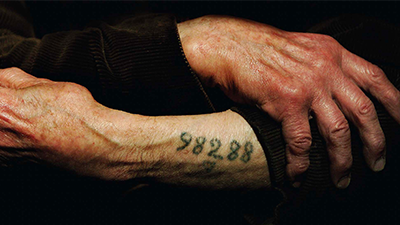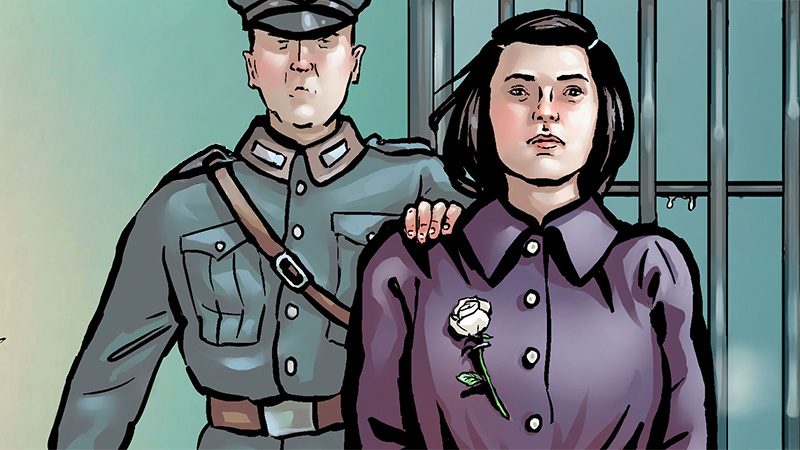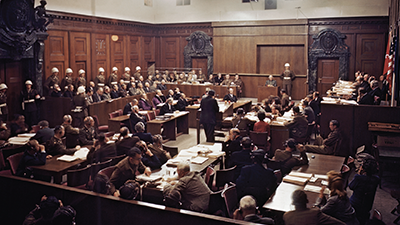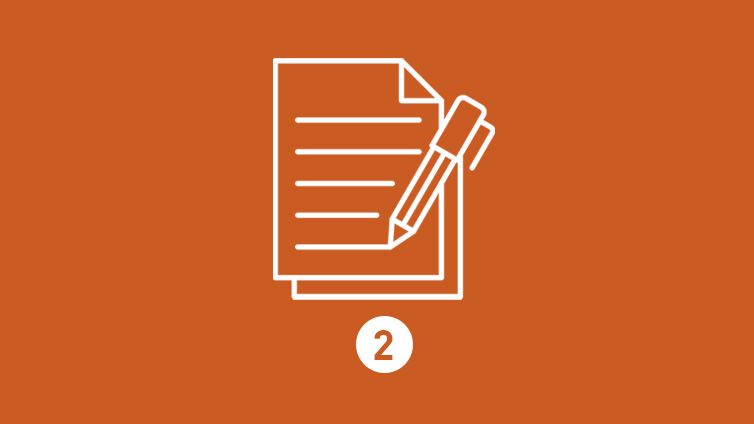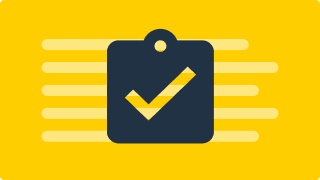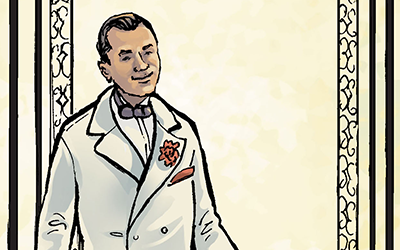The Holocaust
Driving Question: What were the causes, scale, and consequences of the Holocaust?
The Holocaust was a crime on an unimaginable scale. Trace its causes, acts of resistance, and the lasting impact it had on justice and human rights around the world.
Learning Objectives:
- Use close-reading skills to analyze how the Holocaust unfolded under authoritarian rule, and evaluate the human impact of state-sponsored persecution.
- Practice quick sourcing to evaluate how individuals experienced, responded to, and remember the Holocaust.
- Create arguments using historical evidence to support claims and communicate conclusions through informal and formal writing.
Vocab Terms:
- antisemitism
- concentration camp
- eugenics
- fascism
- genocide
- ideology
- sterilization
Opener: The Holocaust
To teach this lesson step, refer to page 2 of the Lesson 7.7 Teaching Guide.
This lesson is full of rich activities that may need to be modified, adapted, or differentiated for your students. Learn more in the OER Project Differentiation Guide.
Begin your exploration of the Holocaust by reflecting on how individual voices and choices shape history. This activity introduces major themes of the lesson and sets the stage for deeper investigation into the causes and consequences of genocide.
Atrocity and Conscience
To teach this lesson step, refer to page 3 of the Lesson 7.7 Teaching Guide.
For insightful strategies on teaching genocide, see this thread on Teaching that genocide didn’t end with the Holocaust.
These materials explore the policies, people, and decisions behind the Holocaust. You'll consider how ordinary individuals—bystanders, perpetrators, and resistors—navigated a world shaped by fascism, fear, and violence.
-
Guiding Questions
-
Before you read
Preview the questions below, and then skim the article. Be sure to look at the section headings and any images.
While you read
Look for answers to these questions:
- What laws and policies helped legalize the persecution of Jewish Germans?
- What was Kristallnacht?
- What was the T4 program?
- Who carried out the actions of the Holocaust?
- Why did some women support fascist regimes, even when those regimes restricted their rights?
After you read
Respond to this question: Using the communities frame, how can we explain some of the causes and effects of the Holocaust?
-
Guiding Questions
-
Before you read
Preview the questions below, and then skim the comic, paying attention to things like prominent colors, shapes, and types of text and fonts. How do you know where to start and in which direction to read? What’s in the gutters (the space between panels)? Who or what is the focus of the comic?
While you read
- Why did Sophie and her brother become disenchanted with the Nazi regime?
- How did the White Rose resist the Nazi government?
- Why is the White Rose still commemorated today?
- How does the artist use art and design to tell the story of the White Rose and their acts of resistance during World War II?
After you read
Respond to this question: Do you think the form of resistance that Sophie and the White Rose engaged in was effective? Why or why not?
Never Again
To teach this lesson step, refer to page 4 of the Lesson 7.7 Teaching Guide.
See how other teachers have approached this source collection by joining the Community thread Holocaust Primary Source Documents.
After the Holocaust, the world grappled with how to prevent future atrocities. Through personal accounts, legal responses, and global debates, these materials examine how societies remember violence, assign responsibility, and defend human rights.
-
Guiding Questions
-
Before you read
Preview the questions below, and then skim the article. Be sure to look at the section headings and any images.
While you read
Look for answers to these questions:
- What is the “paradox of human rights”?
- What were the Nuremberg Trials?
- Why were the Nuremberg Trials different from earlier trials?
- What were the Nuremberg Principles?
- How did the trials influence the growth of human rights?
After you read
Respond to these questions: Considering the community frame narrative for this course, do you think there is such a thing as an “international community”? Why or why not?
Reflecting on Responsibility
To teach this lesson step, refer to page 5 of the Lesson 7.7 Teaching Guide.
Informal writing is an important part of learning in this course. Read more in the OER Project Writing Guide.
Use this informal writing opportunity to connect what you’ve learned about the Holocaust to big ideas in the course. Consider how historical responsibility, justice, and community shape our world today.
Closer: The Holocaust
To teach this lesson step, refer to page 5 of the Lesson 7.7 Teaching Guide.
You’ve just learned about one of the worst atrocities in world history. Use this activity to grapple with the difficult questions you have about who was responsible.
Writing: Rise of the Nazi Party
To teach this lesson step, refer to page 6 of the Lesson 7.7 Teaching Guide.
Examine sources and build a historical argument about the Nazi Party’s rise to power. This assessment asks you to connect causes, perspectives, and consequences using evidence from across the lesson.
Resistance Through Refuge
To teach this lesson step, refer to page 6 of the Lesson 7.7 Teaching Guide.
Manuel Quezon used his power to protect the vulnerable, offering a powerful example of courage, conscience, and resistance in a time of fear.
-
Guiding Questions
-
Before you read
Preview the questions below, and then skim the comic, paying attention to things like prominent colors, shapes, and types of text and fonts. How do you know where to start and in which direction to read? What’s in the gutters (the space between panels)? Who or what is the focus of the comic?
While you read
- What country did Manuel Quezon lead in 1935?
- Why did he welcome Jewish refugees that year?
- What shows that Quezon was guided by his conscience?
- What does the artist mean by calling immigration restrictions a “paper wall”?
- How does the artwork show Quezon moving that wall aside?
After you read
Respond to this question: How does Quezon’s story add to your understanding of the Holocaust and the choices individuals made during World War II?



